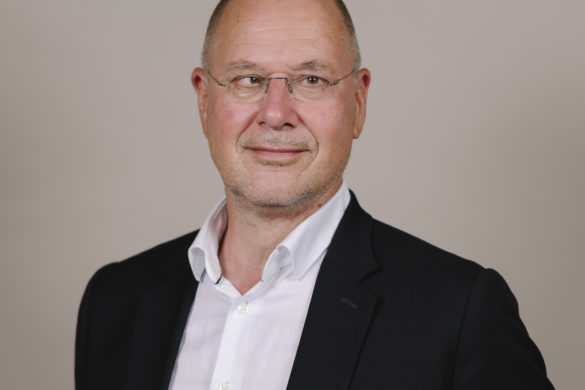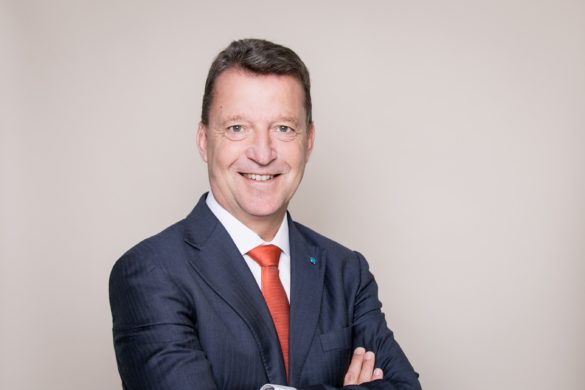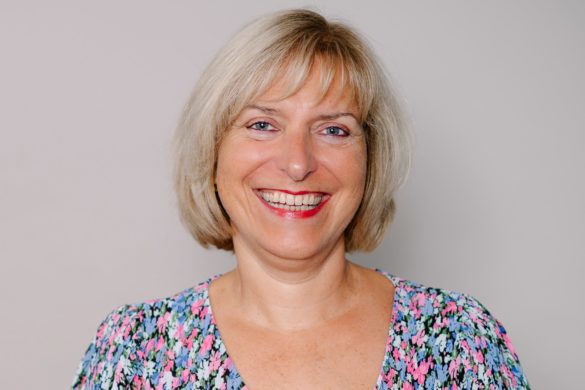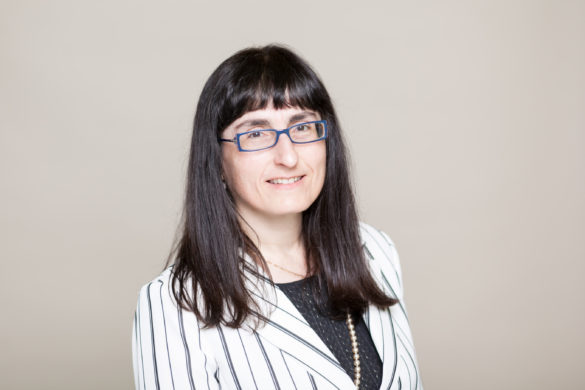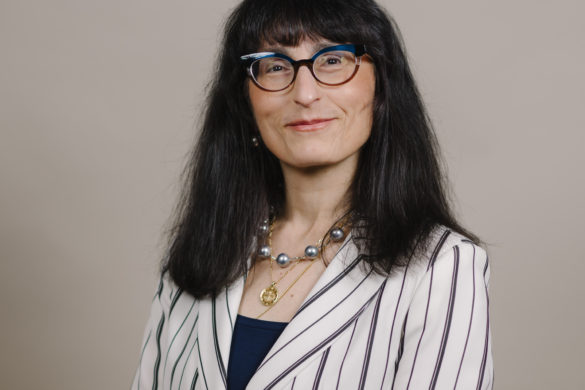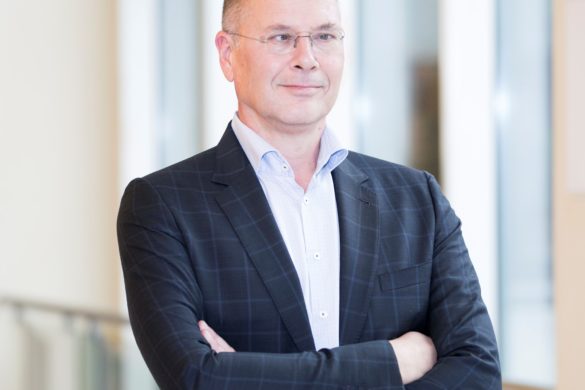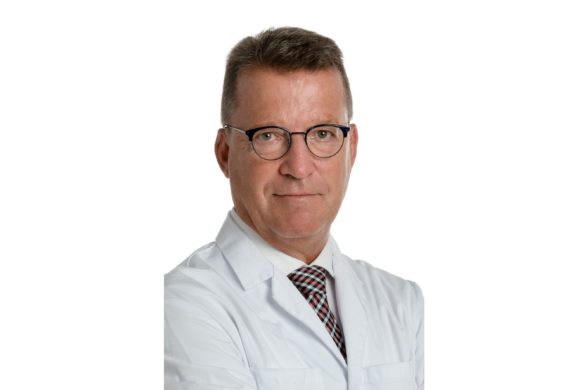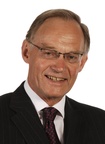
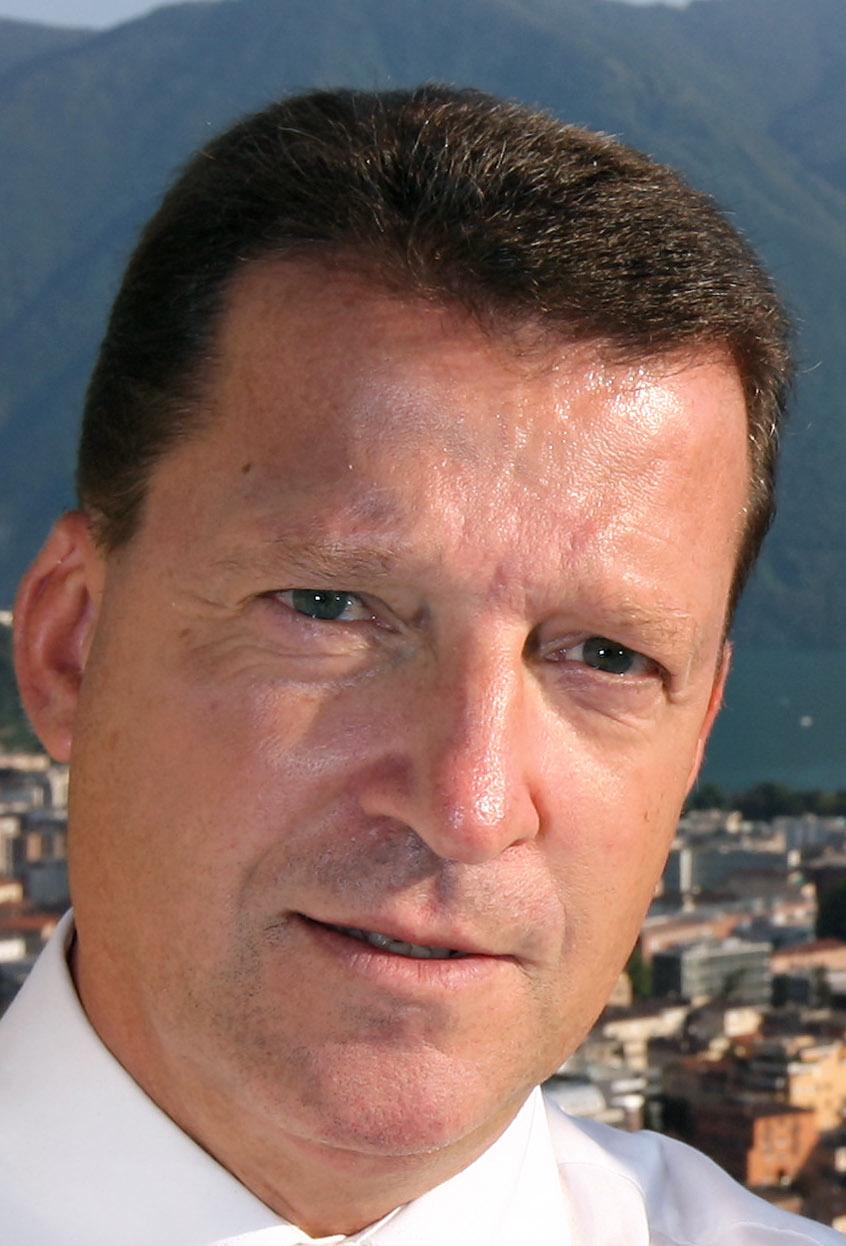 by Richard Hughes & Claudio Bassetti
by Richard Hughes & Claudio Bassetti
In our Presidents’ letter of November 2013 we concluded that academic general neurology should have a future. Among the main reasons for this statement we listed the care of patients, the education of students and residents, the growing evidence for an intricate and unsuspected relationship between many diseases of the nervous system, each today still „belonging“ to separate subspecialties. Costs are an additional factor. Coordination of the clinical management of patients by general neurologists decreases the need for ancillary tests and often makes diagnostic and treatment processes faster and cheaper.
But how can this be achieved? Obviously, this depends upon factors related to specific local characteristics including the size of hospital, the academic orientation and the overall organization of the health system. Nevertheless, the following points probably apply to many academic centres in most European countries:
1. Teaching. Neurology teaching should emphasize a specific („particular“) but also a general („holistic“) view of patients and their neurological problem(s). The latter is often better achieved by „generalists“, for whom reasoning based upon clinical principles is more important than the knowledge about a multitude of aetio-pathophysiological details. Furthermore, lectures based on the study of single, real clinical cases with an emphasis on differential diagnostic thinking is of increasing relevance in undergraduate training.
2. Training. Residency programmes should include enough training in general neurology. In Switzerland, for example, the planned revision of the programm foresees the separation of a first part devoted to general neurology (so-called „common trunk“) from a second part, during which residents can choose among several options („electives“) according to their preference and career plans. The „common trunk“ includes rotations on the inpatient wards, outpatient clinics, and emergency room. We should avoid the increasing tendency observed in a few European countries to ask young (and „cheap“) residents at the beginning of their careers to confine their duties to patients with specific disorders (e.g. multiple sclerosis or movement disorders), perhaps in the context of pharmacological trials, for long periods of time (not infrequently exceeding 1-2 years).
3. Departmental organization. The staff members of a teaching hospital should maintain regular experience and responsibility in general neurology. This can be achieved by different means.
– Subspecialists are asked in several centres to be in charge of the general neurology inpatient beds on a regular basis („attending system“), typically several weeks/one month per year. Since many departments, however, trust the care of patients with specific disorders (such as stroke, multiple sclerosis, epilepsy, and movement disorders) to specialized units (and superspecialized teams), the care of the remaining patients may be less formative (and interesting).
– Alternatively, the responsibility of the care of hospitalized patients may be primarily given to general neurologists, who are then expected to involve the subspecialists on a regular basis/when needed. Mixed teams composed of general neurologists and subspecialists working together „under the same roof“ may represent the best model and have indeed been introduced with success already in some departments.
– Staff members should be required to contribute on a regular basis to the supervision of neurological emergencies. This activity has the additional advantage to keep staff up to date on changes not only in the theoretical medical but also the practical management of patients in their institution.
– Finally, subspecialists may be asked to attend and actively contribute to the discussion of clinical cases also outside their field of expertise such as „grand rounds“. Access to such cases on line in NEUROPENEWS can contribute as can attendance at general sessions and sessions on specialties other than their own at the EFNS/ENS/EAN congresses and national meetings.
4. Academic career opportunities. General neurologists should be active not only in teaching but also in research and, accordingly, be given academic opportunities. Scientific writing is helpful to keep up with a regular reading of the literature and to maintain an interested but also critical attitude towards all „novelties“ in our discipline. Quite often general neurologists in academic centres develop and entertain activities also in subspecialized areas. Clinical and scientific activities in such cross-cutting subspecialties such as emergency neurology, neuropharmacology, neurogenetics, neuroepidemology and sleep may be of particular interest when trying to support „general neurology“. Several topics of general interest such as diagnostic and treatment algorithms in the emergency room, outcome measures on the wards, analysis of the validity of clinical approaches (including the neurological examination), and ethical and palliative issues could additionally be addressed and further justify the need for academic general neurology. In some centres the establishment of chairs for general neurology is already being discussed.
We believe and hope, that our new society, the European Academy of Neurology, will pursue a strategy to maintain and further develop academic general neurology




